According to one design agency, it costs businesses about £100,000 ($130,000) to get a brand onto the market, so how does the process work?

Lewis Moberly's Emily Fox says her company 'frequently supports' clients with briefs by 'clarifying and expanding' (Credit: Pixabay)
Whether it’s about building brand awareness or boosting a product’s appeal, good packaging design is an incredibly important piece of promotion for many businesses. Going through the step-by-step process, Thomas Parker finds out how packaging goes from pencil to product.
Since the 16th century, Edinburgh’s Port of Leith has played a key role in the history of the Scotch whisky industry.
The first stilling house to be set up in the area was Bonnington’s distillery in 1798 — which, after an array of mergers and purchases, eventually became part of drinks multinational Diego.
Whether it was William Sanderson and Sons or Glenmorangie, the district of Edinburgh continued to be a favourite hub for many whisky producers.
And in 2016, another stilling house entered the historic dockyard in the Scottish capital — the Port of Leith Distillery.
Founded by life-long friends Ian Stirling and Paddy Fletcher, their dream is to eventually bring whisky-making back to their home town.
Right now, however, the business sells sherry and gin.
Although the sherry is sourced from the well-established, 480-year-old Spanish producer Bodegas Baron, the pair are building their gin product from scratch.
To grow the drink’s reputation, Stirling believed its packaging design needed to “translate to the consumer quality”.
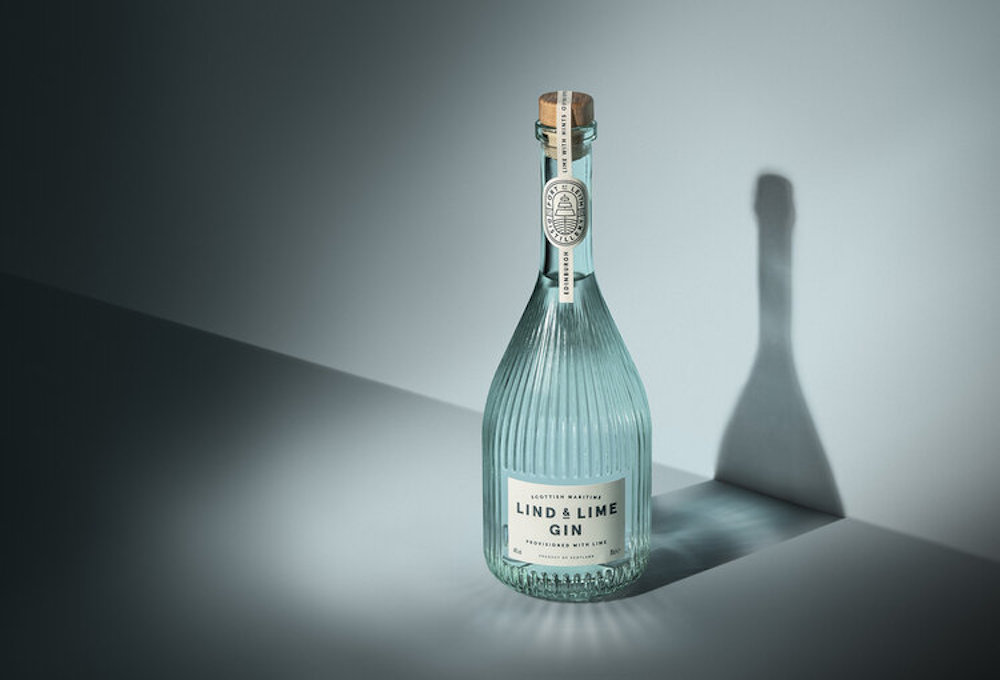
He explains: “It’s not just about looking beautiful, it’s about suggesting what’s inside is a quality product, and that’s not a simple sort of thing to achieve.
“There are many different elements to that, but if there’s one thing above all is that product looks good, not just in looks but in how I think it’s going to taste.”
Good packaging design is seen by many businesses as a critical part of brand exposure — but how are such products developed and put together in the first place?
Step-by-step guide to packaging design
Step by step guide: Design brief and meetings with the client
An obvious but critical first question a company has to ask itself when thinking about putting a new brand to market is how much is it going to cost to get there?
John Graham, co-owner of packaging design and branding company ADCreative, explains: “Typically, we say to clients, if they’re starting from absolute scratch, they’ll need about £100,000 ($130,000).”
These costs include £3,000 ($3,900) to £5,000 ($6,500) for an initial consultation and feasibility questionnaire, to £4,500 ($5,800) for design development.
Once this is accounted for, businesses can then hand over their briefs for design agencies to assess.
Branding company Lewis Moberly’s creative director, Emily Fox, explains: “Although in a perfect world, we would hope to begin the design process immediately after receiving instruction from the client, we frequently support them by clarifying and expanding the brief.
“An important part of our job is to help the client understand what their brief is. Benefitting from many years of experience, we can unearth the true meaning and sometimes motivation behind certain decisions and what the end goal is.
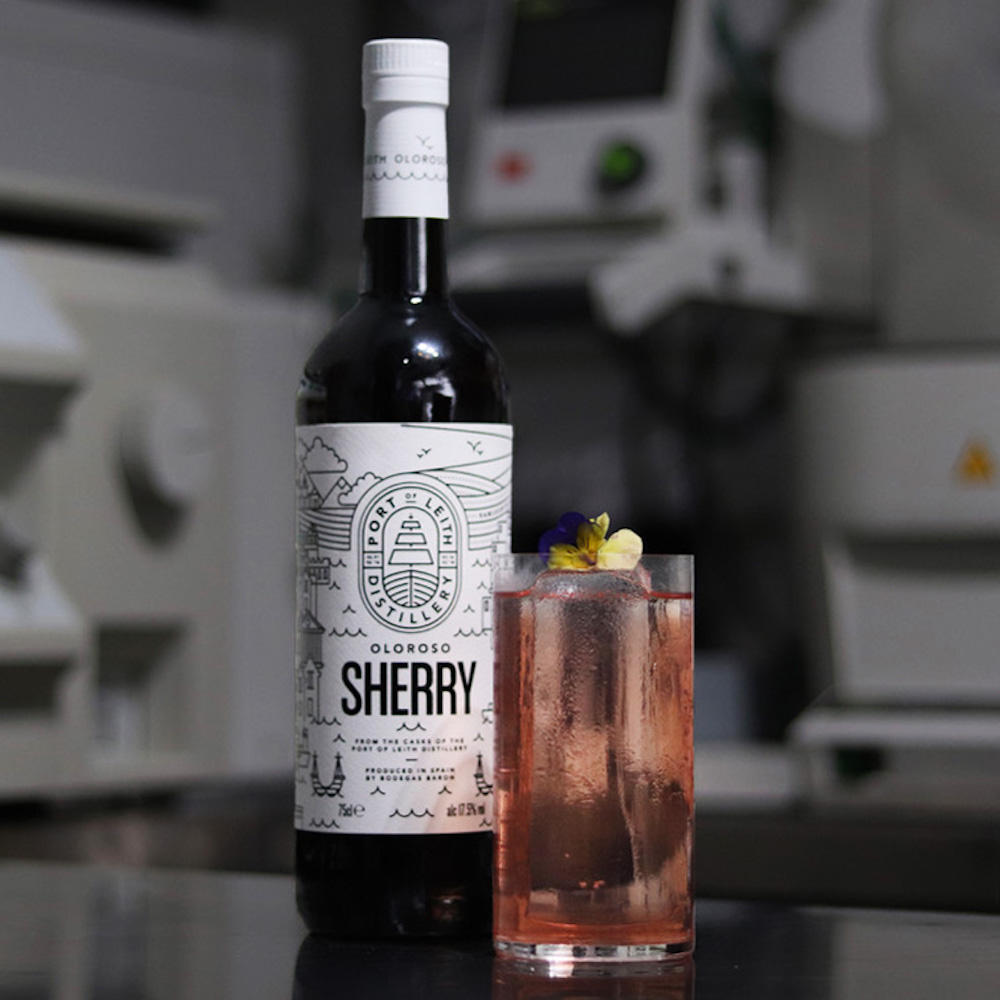
“We also like to challenge our clients by meeting the brief and going beyond it. The ability to stretch the design is often important as consumers are frequently more open to change than the brand owners perceive!
“So the first step and most important step is working out what the brief is, and putting it in the right shape, before talking it through with our designers.”
As part of the development process with their clients, John Graham and ADCreative “embed” themselves in a brand.
He explains: “We’re currently working with an Indian food product brand who know their business inside out — I, on the other hand, know absolutely nothing about it.
“It’s part of a fact-finding activity — which gives us a combination of eureka and smart thinking moments.
“At the beginning, we ask all the questions like where are you now? Where do you want to be? What business insights do you have? What can you share with us? It gives us a better understanding of what they’re looking for.”
For Stirling, whose Port of Leith Distillery had “no marketing budget”, what he was looking for was to “essentially create a product that would secure listings”.
He adds: “Alongside this, it had to have the quality of branding that would sell on the shelf without having to pump lots of marketing pounds behind it.”
Step by step guide: Design development stage
Once design agencies have a clear understanding of a client’s brief, they then begin the design and development phase.
Fox explains: “Depending on what the project is, will, of course, determine who’s involved.
“Alongside our core graphic designers, we have the benefit of working with many talented people; from animators to specialised typographers.
“Different experts will suit certain projects, which is why the specific brief is always at the centre of the bespoke team we build to work on it.
“We work in quite a competitive way in our studio, in that we brief the first concept stage out to the entire studio, in order to ensure many different lenses and interpretations are seen and heard.
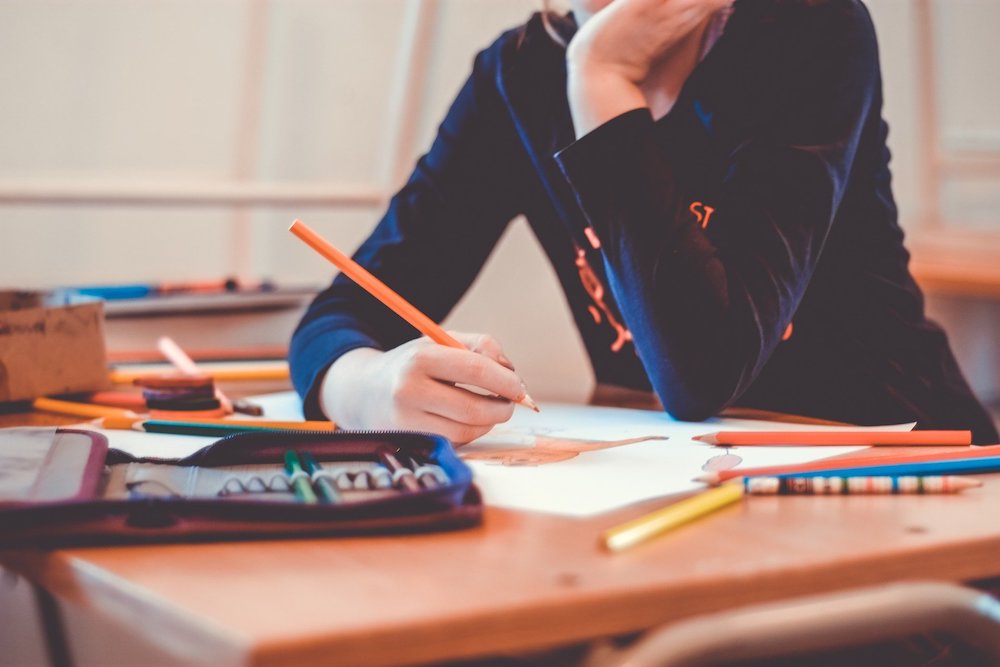
“This has kept our design aesthetic fresh and our work environment exciting.
“The designers are basically pitched against each other, which in the past has always brought up amazingly diverse results.”
Once this process is concluded, Lewis Moberly conducts a series of design reviews ahead of the designs first being presented to the client.
This allows the client to choose which of the concepts they would like to go forward with, before going through a refinement process.
Fox adds: “Obviously every project is different — some projects are more about structure, while others can be more focused around branding.
“One project we did with Winsor & Newton [a manufacturer of fine art products] was primarily a structural brief.
“The structure led the design concept and subsequently the placement of the graphics.”
One space packaging designers have had to tailor products for is e-commerce.
Over the past few years, this marketplace has rapidly established itself as one of the most dominant ways consumers purchase products.
According to market and consumer data provider Statista, the industry was worth $3.5bn in 2019 — a 37.79% growth when compared to 2014.
By 2023, the e-commerce industry is predicted to be worth more than $6.5bn.
Even the Covid-19 pandemic hasn’t stunted the growth of the marketplace as, according to online shopping statistics company CCInsights, there’s been a 129% year-over-year growth in the US and Canadian e-commerce market as of 21 April.
Graham says: “E-commerce is enormous, you only have to look at the amount of Sainsbury’s and Waitrose vans that are on the road, and people that were late to that party have suffered accordingly.
“Even a local man in my area who makes his own ice cream can deliver to people’s houses.
“Because of the internet, it’s easy to just ‘click’, and then a day later it turns up on someone’s doorstep.”
Fox adds: “I think the truth is, every brand has to consider how it’s going to work in terms of e-commerce, DTC and the digital space.
“And it’s something that we try to push early on and talk to them about because not every brand has quite caught up with that.”
However, The Covid-19 pandemic, has, according to Fox, “really flipped retail on its head”, with an increasing number of brands embarking on e-commerce.
Fox explains: “A lot of design principles that we have traditionally used for designing packaging now need to work even harder.
“It’s about matching reality to the perception of what you’re buying and what you receive in the post.
“So in your head, you have a perception of what the packaging of a famous brand looks like — it’s really got to look like that in reality.
“We do a lot of brand sketches when we’re thinking about how the public perceives packaging.
“So a brand sketch is as if a five-year-old child has drawn a packet of cereal.
“It’s amazing how that can distil everything down to the essentials and make you realise what’s important and what is going to stay in people’s minds.”
This, according to Fox, is even more important when people are buying food online.
She says: “They have to know what their favourite brand looks like and what it’s called because there’s no browsing across the shelf.

“There are huge challenges, but there are also huge opportunities and I’m very excited about it.”
When designing the packaging for both its gin and sherry brand, Port of Leith Distillery wanted to create something that’s “insanely beautiful, but also with texture”.
Stirling adds: “We wanted it to catch the eye, but also making it something that someone wants to pick up — it makes them want to feel and touch it, as it’s a tactile product.
“Both of them [the sherry and gin] are products that ultimately people want to pick up, because it’s more than just the look of it — they want to see more of the sherry label, they want to feel the gin bottle.”
He believes this packaging design can be “effective” in both the online and on-shelf space.
He explains: “Essentially a beautiful product, whether it’s tactile or not, can be captured through imagery, which will, in turn, drive up online sales.
“Primarily we were thinking about physical retail, but if you’re devising a product to nail it in the physical retail space, I think it can be successful online as well because if it jumps off the shop shelf, it’ll jump out online as well.”
Step by step guide: Building the product and getting it on to the market
Once a design has been approved by a client, production begins.
For Lewis Moberly, production design and structure are done in-house, with the technical team involved in the development process from an early stage.
The studio’s technical team is headed up by production director Mark Tosey.
He says: “The technical team gets involved in many projects at quite an early stage in order to contribute to the development process.
“After artwork, it goes into pre-production, and we’re very often involved in that stage with our clients and their suppliers — having this production involvement is very important.”
As part of his role in the design and development process, he looks at how feasible aspects of an idea are — such as structurally and production line capability.
Alongside this, the technical team focuses on the selection of materials, which, in recent years, has been a key focus for sustainability.
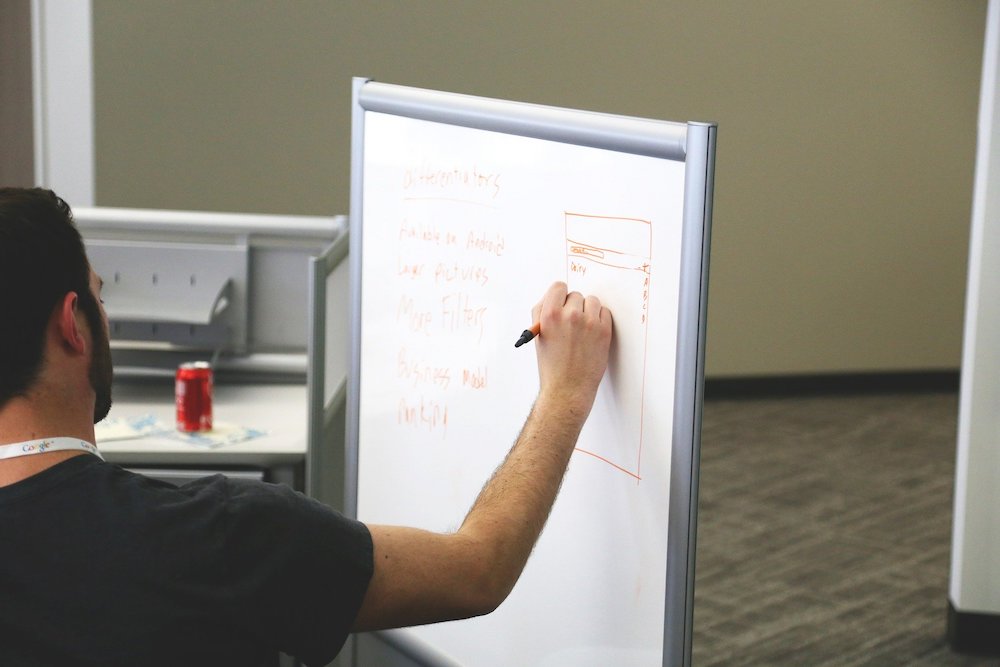
Tosey explains: “One aspect of sustainable design is how can the pack be retained and reused in some way to have a life beyond its primary use.
“Design is fundamental to that because it has to have a value to the consumer after it’s been used for its primary function.
“If it’s not able to be reused, then we want it to be responsibly disposed of primarily by recycling, therefore design is again fundamental.”
An example of this was when Lewis Moberly developed a secondary canister that can be easily recycled for a drinks brand.
Tosey explains: “If you can design a pack that has simplified components and materials, which makes it easier for the consumer and encourages them to recycle, that’s obviously hugely important.
“What happens to the pack once it’s been collected is a whole other discussion in terms of the waste stream.
“In terms of design — what we call the lifecycle of the pack — you’re thinking about what materials are made from and how it’s manufactured.”
In the food packaging sector, labelling regulations also have an important role to play.
Graham says: “When we’re in the delivery phase, which is the last piece here, you get into all the legal niceties to do with the regulations.
“It’s a never-ending quicksand of changes, and we work with a specialist consultancy in Cambridge that will confirm to the client whether or not its product really has what it says it has.
“This is done to make sure everything’s legally compliant, this means when the client goes in front of a retailer and is asked ‘are you legally compliant? Have you conformed to all the regulations?’, it can say yes and can prove it.
“Once it’s been delivered and we’ve set up a process of events from creative sign off, through artwork and legal sign-off, we then send it through to the printer and hand it over.”
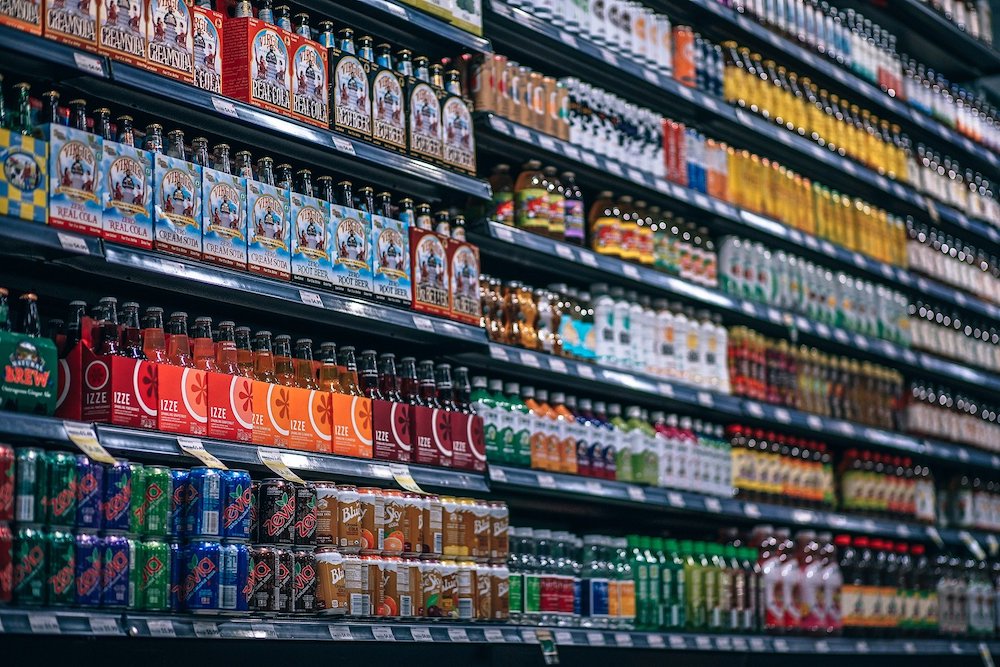
This end-to-end process for the Port of Leith Distillery gin product was, according to Stirling, “incredibly long”.
He adds: “And we were fortunate to have the luxury of time because we were at the same time developing a recipe and setting up a still house — and it took, from inception to market, 18 months in total.
“That’s quite a stressful process because when you design a bottle, you start with a drawing, going to and fro over a few months, and then eventually the bottle manufacturer supplies you with a 3D print out of the bottle.
“And that’s helpful and not helpful because so much of what’s intrinsically important about the bottle is transparency, there’s this physical shape but it’s hard to gauge how successful that’s going to be in glass.
“We had a couple of iterations of that in 3D and then moved on to our first prototype, which came back with some detailing issues on the bottle.
“Following this, we moved on to our second prototype, which wasn’t perfect, but was in a place where we were able to say ‘as long as you get this right, we’re good to go’.”
How packaging design will change post-Covid-19
During the Covid-19 pandemic, the design industry, like many others, has played its part.
Most significantly, it has been used as an important communication tool, providing information and instructions from both businesses and government to consumers and the general public.
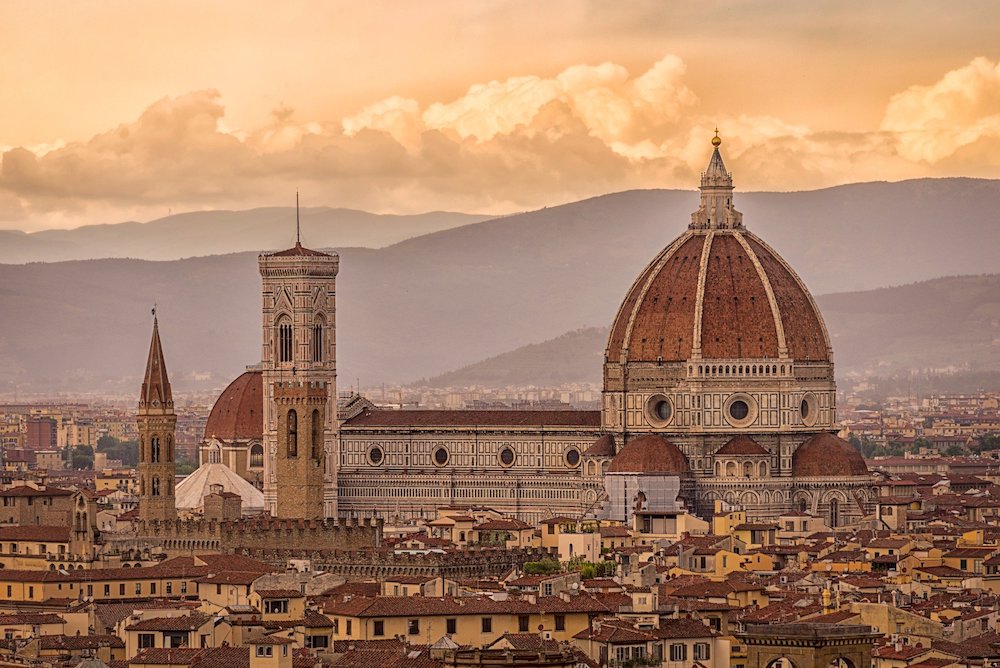
Fox says: “I have to confess, I had a moment when this all began where I thought ‘why am I not a doctor or a nurse instead of sitting here designing’.
“Then I had an epiphany and thought, ‘actually, we need communication and great design more than ever’.
“Sure, I’m not saving lives, but I think what we’re doing as designers, is rich and valid.”
Both during and post-Covid-19, Fox believes there’s room for “a bit more love and gentleness” in the way businesses communicate with the consumer.
She adds: “We’ve done some strategic presentations recently where we’ve talked about the way the world has reacted in the past after great plagues and pandemics.
“The Black Death ushered in a period of great cultural richness, creativity, invention, amazing music — and the process has repeated itself again and again.
“It repeated itself after the World Wars, it repeated itself after the great depression — so I think we’re in for a really rich, exciting, wonderful time if we stay alert and recognise this as an opportunity for positive change and creativity.”
